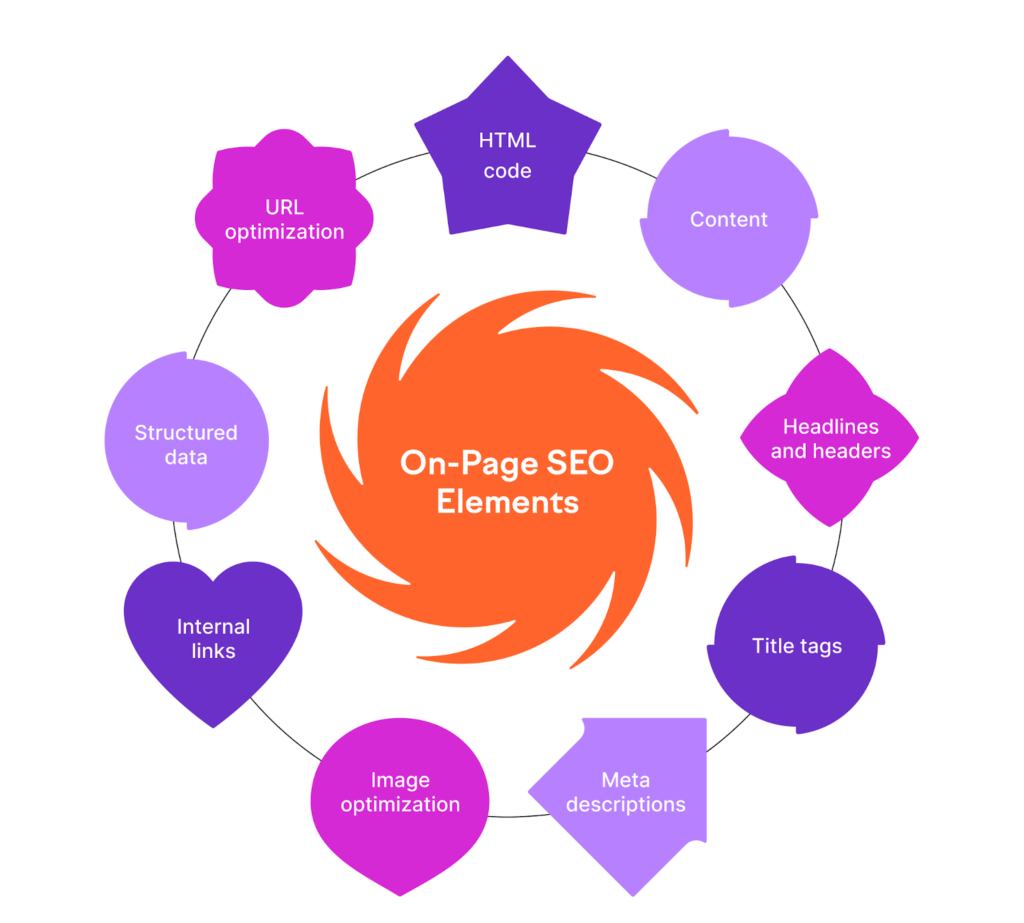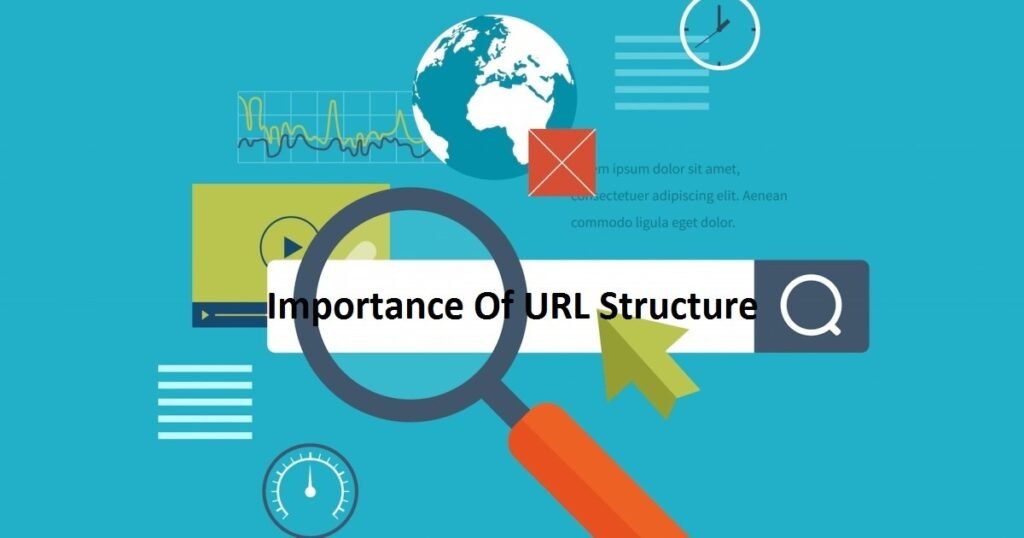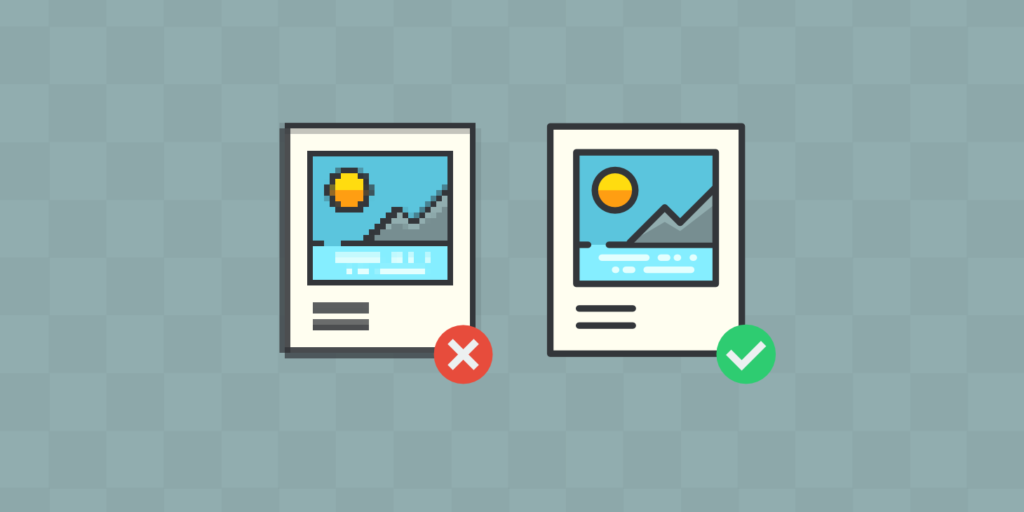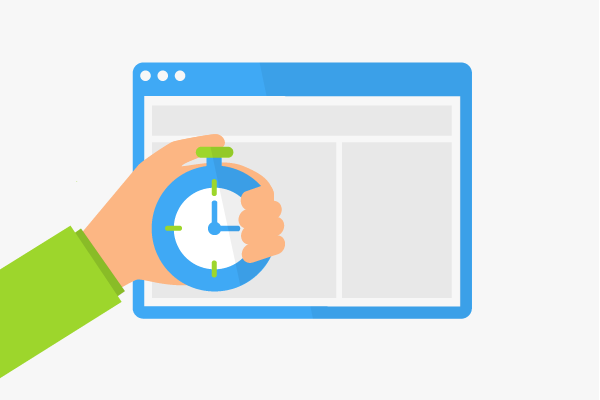
On-page SEO
On-page SEO is a critical aspect of optimizing your website to achieve improved rankings in search engines. It involves various strategies that play a significant role in your overall SEO plan. A key element is creating high-quality content, which should be the central focus of your efforts.
Additionally, links on your website need to be strategically placed, as their location can impact your site’s performance. Title tags, the text visible in your browser’s title bar, are essential for on-page SEO and should accurately describe your page content without overloading it with keywords. It’s crucial to be mindful of link placement, ensuring that links are in appropriate locations to avoid any negative effects on your website.
Lastly, a well-structured URL is vital for effective SEO, aiming for focus and readability. Implementing these on-page SEO tips contributes to better visibility and success in search engine rankings.

On-page SEO with Mirshmellow Solutions
Mirshmellow Solutions uses on-page SEO to make its website better for search engines. This helps the website show up higher in search results. Moreover, here’s how they do it:
Keywords
They pick words that are important to their business and use them naturally in their website content.
Content
They make sure the information on their website is good and interesting for the people who visit.
Titles and Descriptions
They write catchy titles and short descriptions that tell people and search engines what each page is about.
Web Addresses (URLs)
They make simple and easy-to-read web addresses for their pages, using words that matter.
Headers
They use big titles and subtitles to organize their writing. This helps people and search engines understand the main points.
By doing these things, Mirshmellow Solutions makes its website better for people and search engines, helping more people find and use their services.
How effective on-page optimization enhances online visibility
Making your website better with on-page optimization is like turning on a bright light for everyone to see. When you use on-page optimization, it helps your website be more visible on the internet. This means more people can find it easily when they search online. Imagine it like having a sign that stands out in a busy street – on-page optimization helps your website stand out on the internet.
So, when you make your web pages better with things like good content, smart titles, and clear images, more people can discover what you have to offer. It’s like making sure your shop is easy to find in a big market, so everyone knows you’re there and can check out what you have in store.
On-Page SEO Elements
On-page SEO is the practice of improving the rankings of individual web pages in search engine results pages (SERPs). It involves optimizing both the text and the HTML code of a page to make it more relevant and useful to search engines.

A website’s content is one of the most essential on-page SEO considerations. Search engines prefer pages that are informative, well-written, and related to the terms that users are searching for. Content should be distinct and original, with regular updates.
Headline and header tags are used to structure web page content. They are HTML tags numbered H1 through H6, with h1 being the most essential. Header tags assist search engines in understanding the hierarchy of a page’s content and can help it rank higher. Header tags should be used to distinguish the primary headers and subheadings on a webpage.
The title tag is the text that displays at the top of a website’s search engine results page (SERP). It is one of the most significant on-page SEO factors because it informs search engines about the page’s content. Title tags should be brief, informative, and feature relevant keywords
Meta descriptions are small text snippets that display in SERPs beneath the title of a web page. They give search engines with a concise summary of the page’s content and can help to increase click-through rates. Meta descriptions should be 150-160 characters long and incorporate relevant keywords.
Images can be a terrific way to improve the user experience of a web page, but they can also damage a page’s SEO. When optimizing photos for SEO, it is critical to provide relevant alt text, which explains the image to search engines. Images should also be compressed to reduce file size, which can enhance website loading time.
Internal linking is the process of linking from one page of a website to another. This allows search engines to better grasp the structure of a website and can boost the ranking of all pages on the site. Internal links should point to relevant pages on a website and be anchored with relevant keywords.
Where we leverage the power of organized information to boost your website’s visibility in search engine results. Structured data markup helps search engines better understand and display your content, ultimately improving the user experience.
Simplify your website’s URL structure for both users and search engines. Our experts optimize your URLs to be concise, descriptive, and user-friendly, contributing to improved search engine rankings and a better user experience.
Remember to customize the meta tags, titles, descriptions, and other elements according to your specific page content and SEO strategy. Additionally, always follow SEO best practices and guidelines for optimal results.
Our Services
On-page SEO services refer to the optimization techniques implemented directly on a website to improve its search engine visibility and rankings.

Keyword Optimization
Researching and strategically placing relevant keywords throughout the website’s content, including in titles, headings, meta descriptions, and body text.
High-Quality Content Creation
Developing valuable, informative, and engaging content that satisfies user intent and provides solutions to their queries. Content should be well-structured, easy to read, and optimized for target keywords.


Meta Tags Optimization
Optimizing meta tags such as title tags, meta descriptions, and meta keywords to accurately describe the content of each page and improve click-through rates in search results.
URL Optimization
Creating search engine-friendly URLs that are descriptive, concise, and contain relevant keywords.

Image Optimization
Optimizing images by using descriptive filenames, alt text, and captions to improve accessibility, user experience, and search engine visibility.

Page Speed Optimization
Improving website loading speed by optimizing code, compressing images, utilizing browser caching, and minimizing server response time to enhance user experience and search engine rankings.

Ready to Boost Your On-Page SEO?
Elevate your website’s visibility, user experience, and search engine rankings with our On-Page SEO services. Let’s work together to optimize your digital presence and drive sustainable, organic growth.